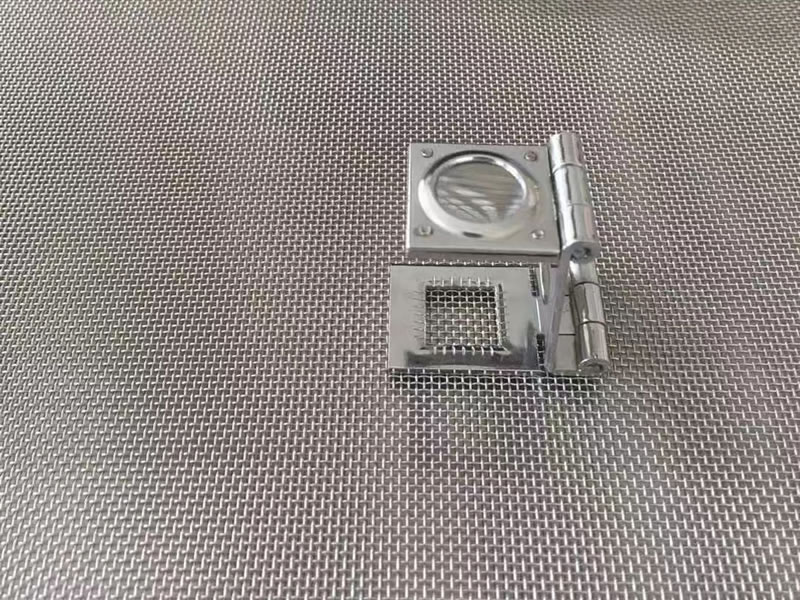YuHeRen Wire Mesh Products Co., Ltd. offers exceptional stainless steel woven wire mesh, designed to meet diverse specifications and applications. Our mesh is versatile, excelling in industrial, decorative, and filtration uses. Our precise weaving techniques produce various patterns that provide unique aesthetics and functional strengths, suitable for multiple purposes. YuHeRen is committed to delivering customized solutions that exceed client expectations.


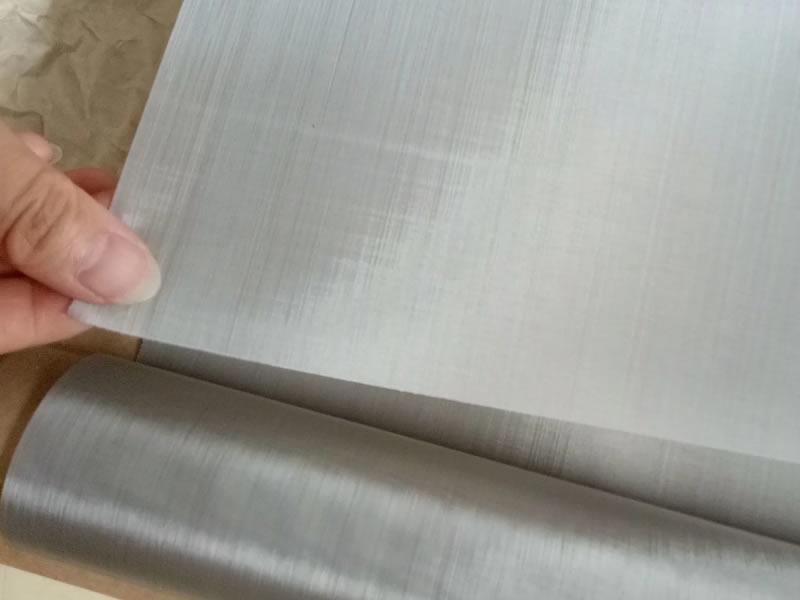
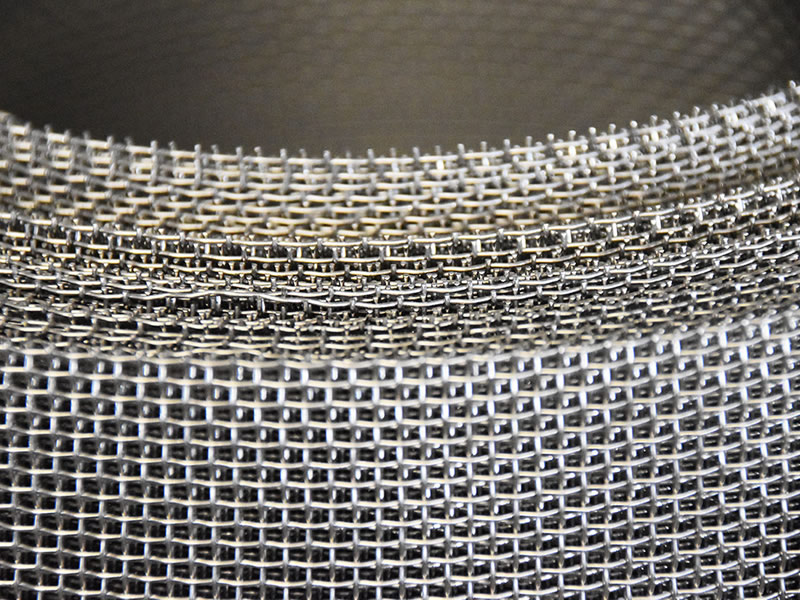


Material
- SS 304: Widely used for its good corrosion resistance. Ideal for many applications including industry and food processing.
- SS 316: Better corrosion resistance due to molybdenum. Great for harsh environments like marine and chemical areas.
- SS 316L: Low-carbon version of Type 316, better for avoiding corrosion after welding.
- SS 310: High-temperature resistant, up to 2100°F. Fits furnace parts and heat treatment.
- SS 321: Added titanium for temperature fluctuation resistance. Used in aircraft and exhaust systems.
- SS 430: Economical, magnetic, and fairly corrosion-resistant. Suitable for decorative and automotive uses.
- SS 904L: Extremely resistant to acids, perfect for chemical processing and pharmaceuticals.
Weaving style
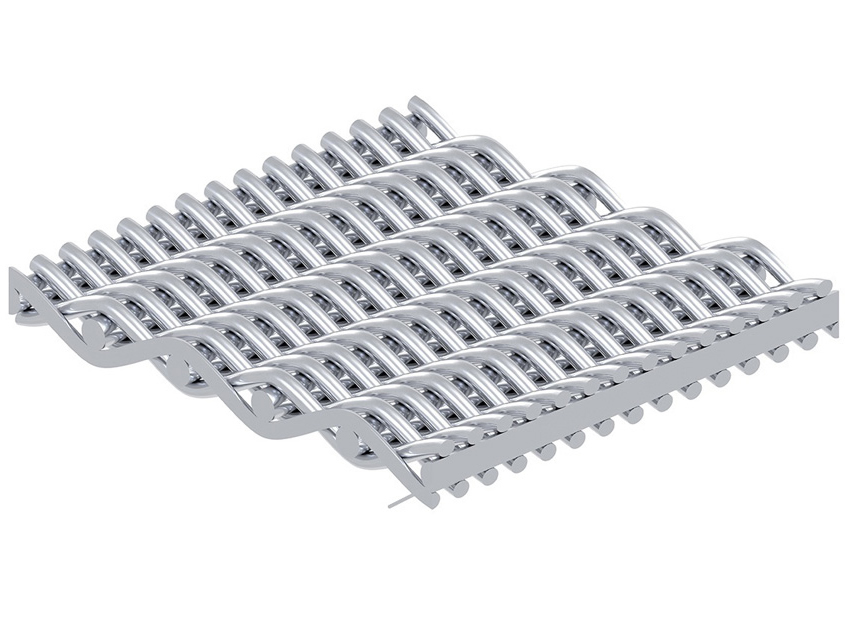
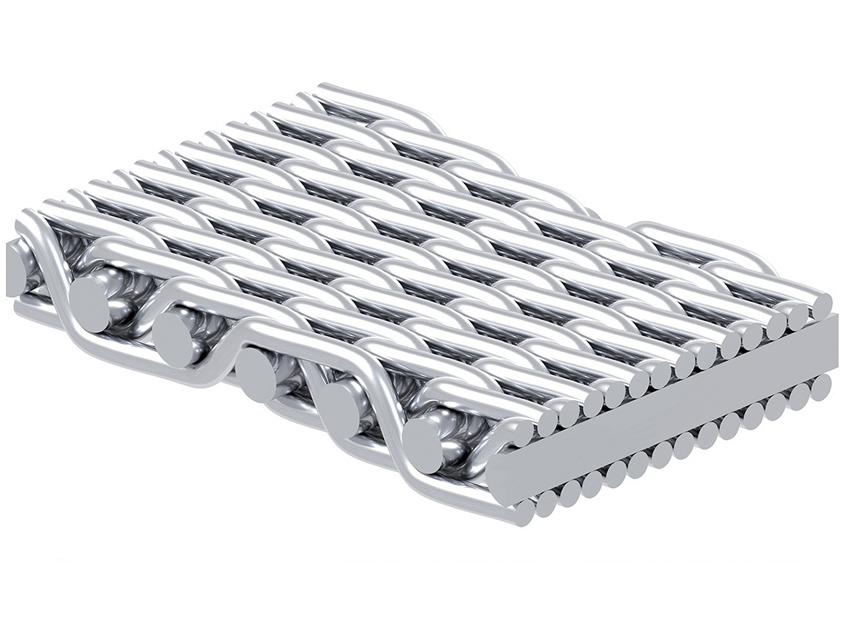
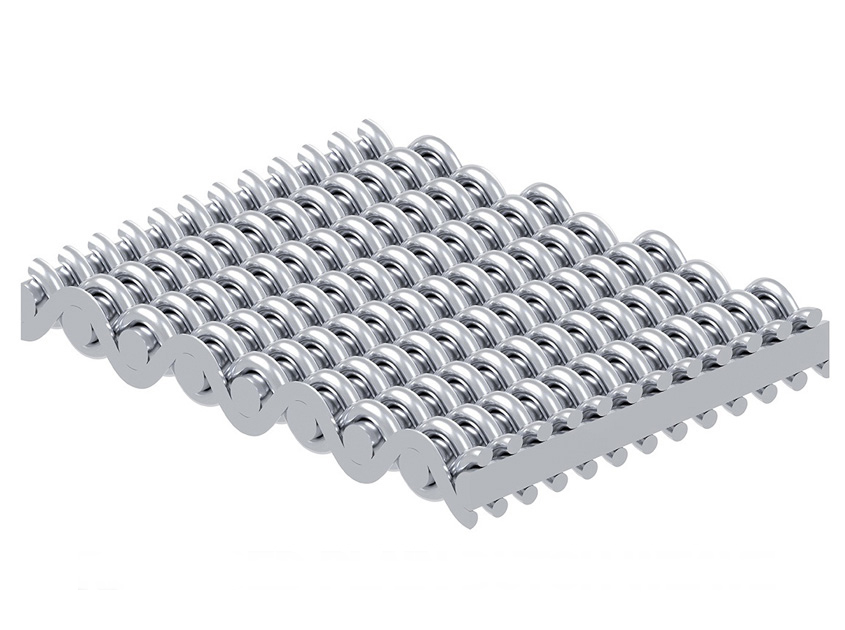
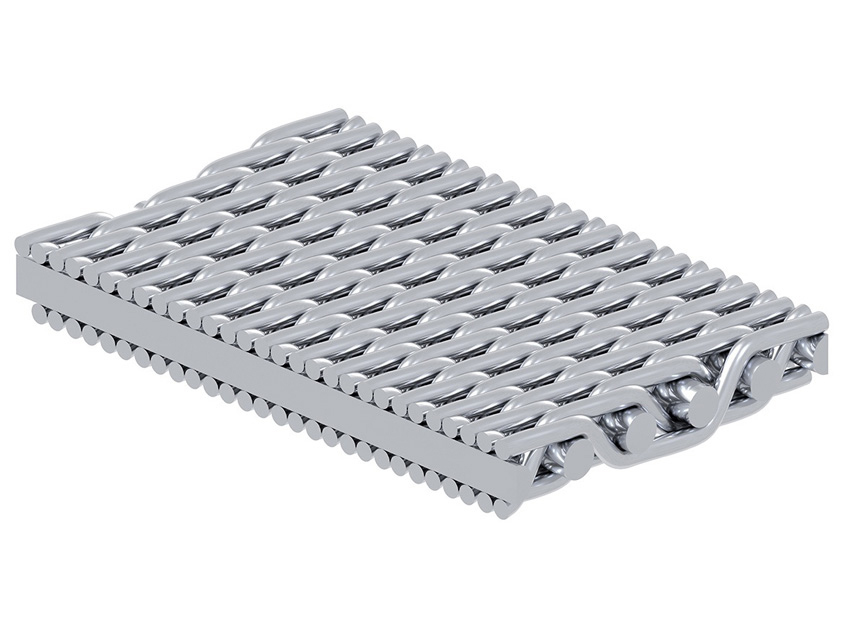
- Plain Weave: Plain weave is the most fundamental and widely used weaving method for stainless steel wire mesh, characterized by each warp wire crossing alternately above and below every weft wire, and vice versa, at 90-degree angles. This method creates a uniform and square mesh opening, offering a balance of openness and strength. It is remarkably versatile, suitable for general filtering, screening applications, and architectural uses, providing a straightforward solution for a wide range of applications due to its simplicity and efficiency.
- Twill Weave: Twill weave is distinguished by each weft wire passing successively over two and under two warp wires, creating a diagonal pattern. This method allows for tighter and denser mesh constructions, supporting the use of thicker wires and smaller mesh openings. Twill weave mesh offers improved strength and is particularly suited for applications requiring fine filtration under higher pressures, making it a preferred choice for industries such as aerospace and pharmaceuticals that demand precise particle retention.
- Dutch Weave: Dutch weave involves a dense packing of warp wires with weft wires passing over and under multiple warp wires. This creates a tight mesh with very fine openings, significantly enhancing filtration capabilities. The Dutch weave is renowned for its strength and ability to filter fine particles, making it ideal for high-pressure applications in the chemical, oil, and gas industries. The method’s unique structure offers superior filtration efficiency compared to plain or twill weaves.
- Reverse Dutch Weave: Reverse Dutch weave reverses the structure of a standard Dutch weave, featuring finer warp wires and coarser weft wires. This arrangement provides a high-tension mesh with great strength in the warp direction, optimizing it for high-pressure filtration and conveying applications. The reverse Dutch weave is particularly effective in industries where precise filtration and durability are crucial, including automotive and industrial processing, due to its robustness and fine filtration capacity.
- Twill Dutch Weave: Twill Dutch weave combines the characteristics of twill and Dutch weaves, utilizing two weft wires passing over and under two warp wires in a tight and fine configuration. This sophisticated weaving method allows for exceptionally tight mesh with high filtration precision, suitable for critical filtering applications. Its complex structure is ideal for separating and filtering under extreme conditions, making it invaluable in sectors requiring utmost filtration accuracy, such as in chemical and pharmaceutical processing.
- Five Heddle Weave: Five Heddle weave features a unique pattern created by interlacing five warp wires with each weft wire, resulting in a smooth surface on one side and a textured surface on the other. This weave offers excellent flow rates and a good strength-to-weight ratio, making it suitable for fluid filtration and dewatering applications. The Five Heddle weave is favored in industries like petrochemical and water treatment, where high efficiency and durability are necessary, along with a smooth product contact surface.
- Crimped Weave: Crimped weave involves pre-crimping the wire before weaving, locking the wires at their intersections and creating a robust structure with significant rigidity and strength. This method allows for larger openings and is ideal for applications requiring structural stability, such as fencing, screens in the mining industry, and architectural elements. The crimped weave’s distinct texture and visual appeal also make it a popular choice for decorative applications, providing both functionality and aesthetic qualities.
General Specifications and Customization
- Woven wire mesh is a versatile material utilized in diverse applications ranging from industrial filtration to architectural design. Its ability to be customized to meet specific requirements makes it a favored option across many industries. The extensive customization possibilities of woven wire mesh, including precise mesh count, wire diameter, dimensions, and material grades, render it an essential resource. Its adaptability ensures it can meet the stringent standards of virtually any project.
- Mesh Count and Wire Diameter: The mesh count refers to the number of openings per linear inch, and it typically ranges from as fine as 500 mesh (with openings of approximately 0.0254 mm) to as coarse as 1 mesh (with openings of about 25.4 mm). Wire diameters also vary significantly, starting from ultra-fine wires at 0.025 mm for precision applications, up to thicker wires at 8 mm for more structural uses. This range allows for the precise control of filtration levels, structural strength, and aesthetic appearance.
- Standard Sheet Sizes and Roll Lengths: Woven wire mesh is commonly available in standard sheet sizes, such as 1.2 x 2.4 meters and 1.5 x 3 meters, catering to a broad range of project sizes. For continuous applications or larger projects, rolls are offered in widths ranging from 1 meter up to 2 meters, with lengths extending up to 30 meters for industrial-scale uses. These dimensions are designed to accommodate both the vast scope of industrial applications and the detailed needs of smaller, custom projects.
- Customization Options: Customization is a key aspect of woven wire mesh production, with options available for specific mesh counts, wire diameters, sheet sizes, and materials. This ensures that whether the requirement is for fine filtration in the chemical industry, robust fencing for security, or decorative architectural facades, there is a configuration that meets those needs. For example, Type 304 stainless steel mesh can be customized for food processing with specific mesh openings, or Type 316L can be tailored for marine environments with finer weaves for enhanced corrosion resistance.
- Material-Specific Customizations: Each stainless steel grade offers distinct properties, allowing for further customization. For instance, Type 310 stainless steel mesh, capable of withstanding temperatures up to 2100°F (1149°C), can be specially woven for high-temperature industrial applications. Similarly, Type 904L, known for its high resistance to acids, can be configured with very fine mesh sizes for chemical filtration, ensuring performance and durability even in aggressive environments.
- Special Orders for Extreme Conditions: For applications facing extreme conditions, special orders can accommodate unique requirements, such as mesh woven from Type 321 stainless steel for fluctuating temperature applications, or reinforced crimped mesh for structural applications requiring additional strength. These special orders consider the specific environmental challenges and operational demands, providing solutions that are not only effective but also long-lasting.
| Aperture Size (mm) | Wire Diameter (mm) | Mesh Size (mesh/inch) | Open Area (%) | Thickness (mm) |
|---|---|---|---|---|
| 1.00 | 0.60 | 18 | 51 | 1.20 |
| 0.50 | 0.40 | 36 | 48 | 0.80 |
| 0.25 | 0.30 | 72 | 45 | 0.60 |
| 0.10 | 0.20 | 150 | 37 | 0.40 |
| 0.05 | 0.15 | 300 | 30 | 0.30 |
| 0.02 | 0.10 | 500 | 25 | 0.20 |
This table illustrates a range of woven wire mesh specifications, including the size of the openings (aperture size), the thickness of the wires used (wire diameter), the density of the mesh (mesh size), the percentage of the mesh that is open space (open area), and the overall thickness of the mesh material. These values are indicative and can vary depending on the specific application and material used.

